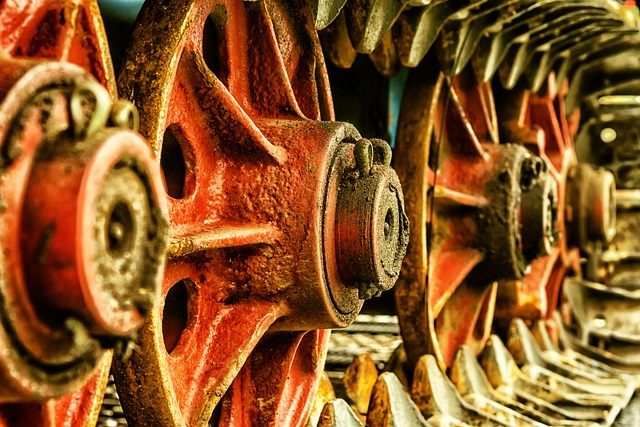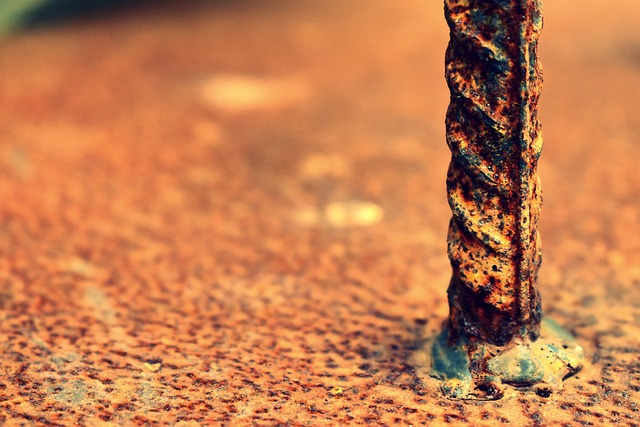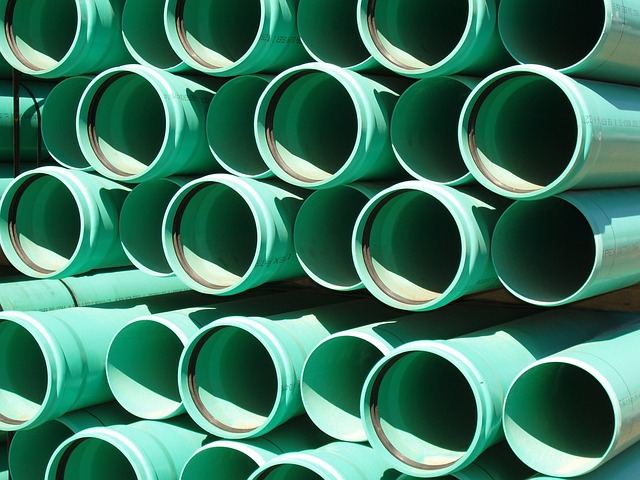Pipe corrosion, driven by water, air, and chemicals interacting with metal surfaces, leads to structural failure. Common causes include high moisture environments, fluctuating temperatures, impure water, and exposure to corrosive substances like chlorine or sulfur compounds. These factors degrade protective layers on pipes over time. To prevent pipe corrosion, regular inspection, maintenance practices like cleaning, use of corrosion-resistant materials, and protective coatings are essential strategies, addressing the Common Causes of Pipe Corrosion.
Pipes are essential components of any plumbing system, but they can suffer significant damage due to corrosion. Understanding why pipes corrode is crucial for maintaining efficient and safe systems. This article delves into the basic mechanisms behind pipe corrosion, explores common environmental factors contributing to degradation, and provides effective prevention strategies. By identifying the root causes—the most common causes of pipe corrosion—homeowners, facility managers, and professionals can extend the lifespan of pipes, ensuring optimal system performance and avoiding costly repairs.
- Understanding Pipe Corrosion: The Basic Mechanisms
- Common Environmental Factors Driving Pipe Degradation
- Effective Prevention Strategies for Longevity of Pipes
Understanding Pipe Corrosion: The Basic Mechanisms

Pipe corrosion is a complex process that involves several interconnected mechanisms, all working to degrade the integrity of pipes over time. The most basic level, corrosion occurs when certain elements, primarily water and air, come into contact with the pipe’s metal surface. This interaction leads to chemical reactions, often facilitated by moisture and other environmental factors like temperature changes and contaminants present in the surrounding soil or water.
The common causes of pipe corrosion include exposure to aggressive chemicals, high moisture environments, fluctuating temperature conditions, and impure water containing high levels of minerals or dissolved gases. These factors create an environment conducive to corrosion, leading to the erosion of the pipe’s protective layers and ultimately its structural failure. Understanding these basic mechanisms is the first step in implementing effective prevention strategies for various types of pipe materials.
Common Environmental Factors Driving Pipe Degradation

The environment plays a significant role in pipe degradation, contributing to the common causes of pipe corrosion. Moisture, whether from rainwater seepage or high humidity, is a primary catalyst for rust formation and metal deterioration. Over time, this moisture penetrates into pipes, causing structural damage and reducing their lifespan. Additionally, varying temperature fluctuations can expand and contract metals, creating stress points that compromise their integrity.
Other environmental factors such as corrosive substances present in water, like chlorine and sulfur compounds, further accelerate pipe corrosion. These chemicals erode the protective coatings of pipes, exposing them to oxidation and subsequent damage. Industrial settings with acidic or salty environments pose unique challenges, necessitating specific prevention measures to mitigate these common causes of pipe corrosion effectively.
Effective Prevention Strategies for Longevity of Pipes

To ensure the longevity of pipes and prevent corrosion, several effective strategies can be implemented. Regular inspection is key; identifying signs of damage, leaks, or unusual moisture accumulation early on can stop corrosion before it begins. Maintenance such as cleaning and descaling helps remove mineral deposits and contaminants that accelerate corrosion.
Using high-quality, corrosion-resistant materials for new pipe installations, especially in environments prone to moisture or chemical exposure, significantly reduces the risk. Coating pipes with protective layers like zinc or epoxy can also offer an extra barrier against corrosive elements, extending their lifespan.
Pipe corrosion is a multifaceted issue driven by various environmental factors and inherent material properties. By understanding the basic mechanisms behind corrosion and implementing effective prevention strategies, we can significantly extend the lifespan of our pipes. Awareness of common causes like moisture, chemical exposure, and temperature fluctuations is key to adopting proactive measures. With the right approach, we can prevent costly replacements and ensure reliable plumbing systems for years to come, addressing the root causes of pipe corrosion effectively.
